13 Hidden Parts Of The Great Wall You’ve Never Heard Of

The Great Wall isn’t just a single, polished attraction—it’s a vast, rugged ribbon of history that winds through remote hills and forgotten villages. While most tourists stick to the popular stretches like Badaling, the real magic often lies in the wild, unrestored sections.
Ever heard of Jiankou or Gubeikou? These quieter spots are raw, dramatic, and steeped in centuries of stories. Climbing a crumbling tower as the sun rises, with no one else around, feels like stepping into a forgotten chapter of the past.
So, if you’re craving a deeper, more authentic adventure, maybe it’s time to explore the untamed side of the Wall. Would you dare to wander where few others tread?
1. Jiankou’s Wild Cliffs

Perched precariously on jagged mountain ridges, Jiankou offers the most dramatic scenery of any Great Wall section. The name literally means ‘Arrow Nock‘ because the mountains resemble a drawn bow. Unlike restored sections, here you’ll find crumbling parapets and towers being slowly reclaimed by nature.
Local villagers occasionally use ancient stone staircases that zigzag up impossibly steep cliffs. The ‘Nine-Eye Tower’ provides breathtaking panoramas of the wall snaking along mountain peaks into the distance.
Hiking here requires proper equipment and experience – one wrong step could mean a dangerous fall. Morning fog often shrouds the area, creating an ethereal landscape that photographers dream about.
2. Gubeikou’s Quiet Ruins
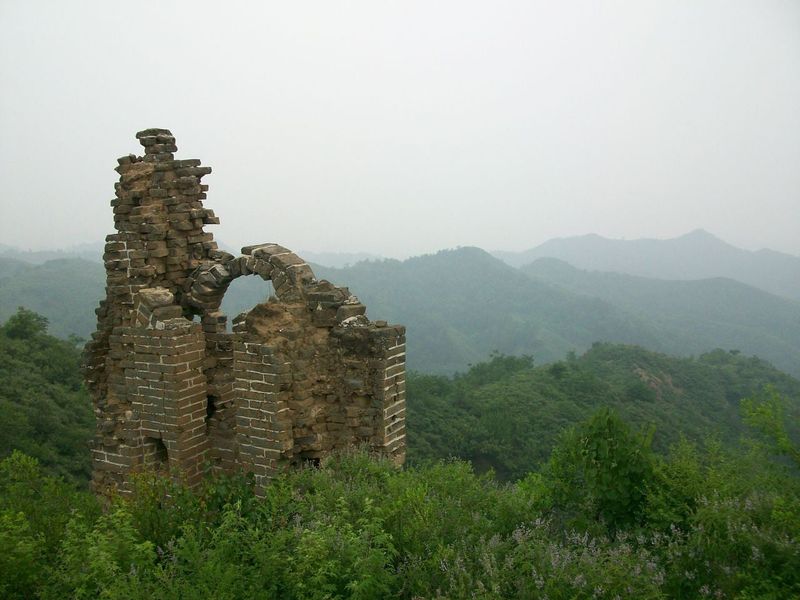
Sitting at a strategic mountain pass, Gubeikou once guarded the capital against northern invaders. Today, wildflowers push through cracks in the ancient stonework while hawks circle overhead. This completely unrestored section gives you a genuine feel for what soldiers experienced centuries ago.
Walking these walls means stepping over fallen stones and navigating narrow pathways where battles once raged. Historical records show over 100 military confrontations occurred here throughout Chinese history.
If you visit in spring, the mountainsides burst with apricot blossoms, creating a striking contrast against the weathered gray stone. Locals say sunset bathes the ruins in a golden light that makes the centuries seem to melt away.
3. Huanghuacheng by Water
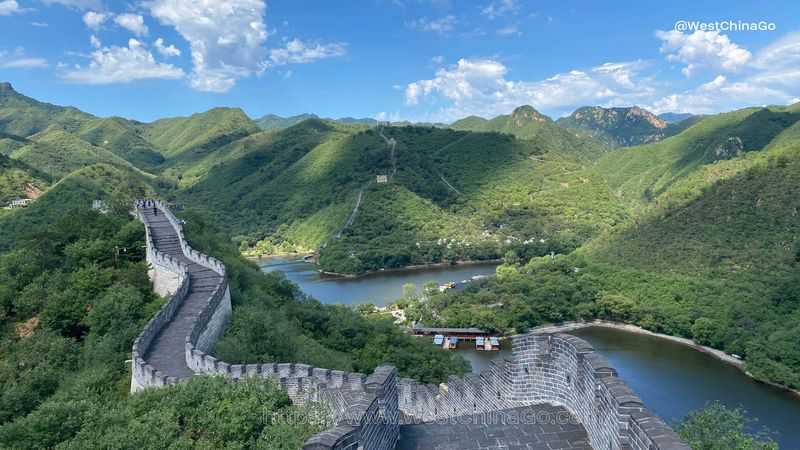
Water laps against ancient stones at Huanghuacheng, the only section where the Great Wall meets a reservoir. When the dam was built in 1974, it partially submerged portions of the wall, creating a surreal landscape where history literally drowns in modernity.
Summer brings vibrant yellow wildflowers that give this section its name – ‘Yellow Flower Wall.’ Locals sometimes offer boat rides, allowing visitors to see the wall from perspectives impossible elsewhere. The reflection of watchtowers in the calm lake surface creates perfect photo opportunities.
During low water seasons, previously submerged wall sections emerge like mysterious islands. Chestnut and hawthorn trees grow along the hillsides, offering welcome shade during hot months when few tourists venture this far from Beijing.
4. Simatai’s Night Views
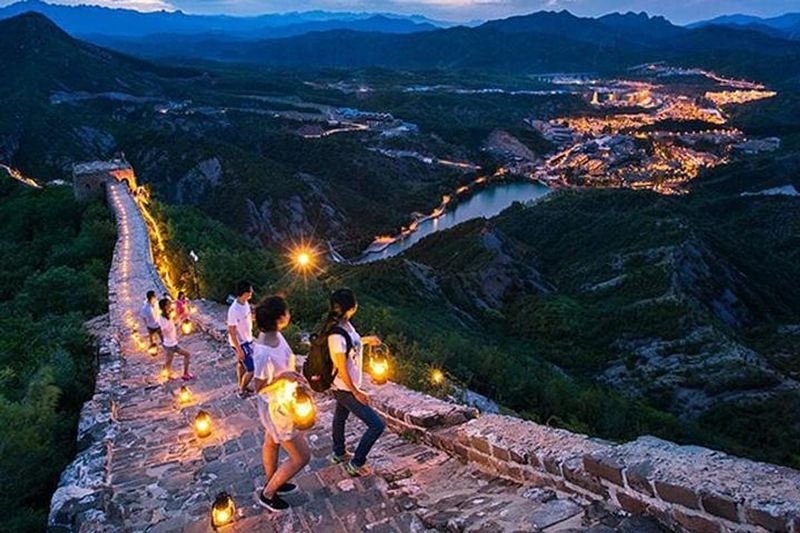
Few travelers know that Simatai offers something truly special: nighttime access to the Great Wall. Soft lighting illuminates ancient watchtowers against the dark sky, creating an atmosphere that feels magical rather than touristic. The stars above and village lights below create a scene straight from ancient Chinese paintings.
Engineers marvel at Simatai’s construction – built on ridges with 70-degree inclines, it includes the ‘Heavenly Ladder,’ a near-vertical climb up 100 feet of stone steps. The ‘Fairy Tower’ stands isolated on a peak, accessible only by a narrow ridge path.
When darkness falls completely, you can sometimes spot the lights of Beijing in the far distance, creating a powerful connection between ancient defenses and modern China. Night breezes carry whispers that locals swear are soldiers from centuries past.
5. Jinshanling’s Rolling Ridges

Morning mist rolls between watchtowers at Jinshanling, creating the iconic ‘floating wall’ photographs that capture photographers’ imaginations. This partially restored section offers the perfect balance – authentic enough to feel the wall’s age, yet maintained enough to walk safely.
Each watchtower here tells a different story through unique architectural details. Some contain stone tablets with poems carved by ancient soldiers who stood guard against Mongol invasions. Brick patterns vary between sections, showing different construction periods spanning centuries.
During autumn, the surrounding forests explode with red and gold colors that contrast beautifully with the gray stonework. Cloud shadows race across the landscape below as you walk along ridgelines that seem to touch the sky itself, connecting 67 watchtowers across 6.5 miles of mountainous terrain.
6. Zhuangdaokou’s Secret Pass
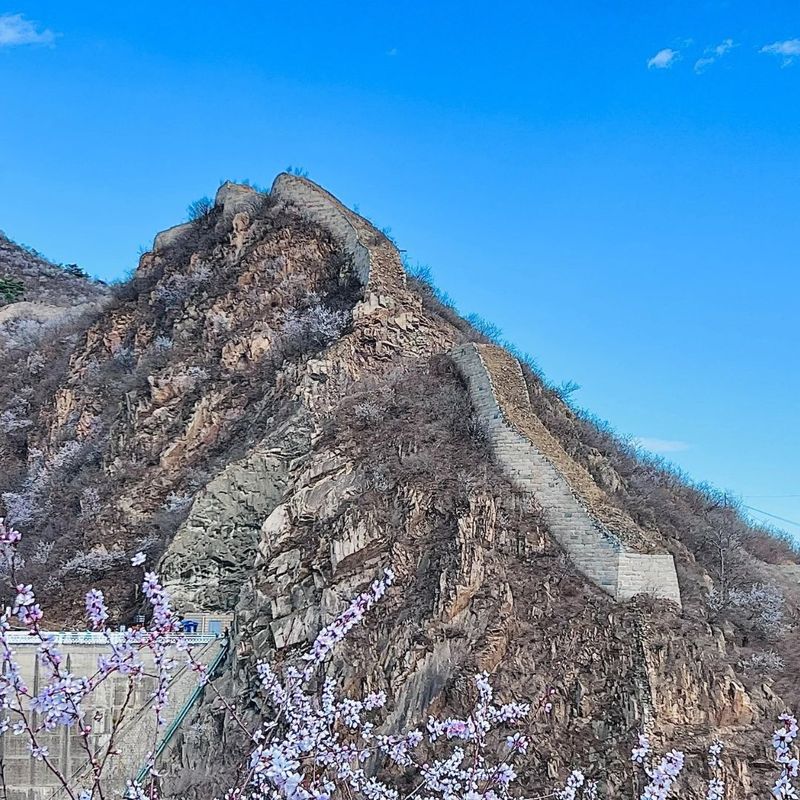
Hidden between better-known sections lies Zhuangdaokou, where two different wall styles literally meet. The rough stones of the Northern Qi dynasty (550-577) connect with the more refined brickwork of the Ming era (1368-1644), creating a visible timeline of construction techniques.
Cherry trees line the approach path, making spring visits especially rewarding when pink blossoms frame ancient stonework. Farm fields press right up against the wall base, with local farmers often waving to the rare visitors who discover this quiet spot.
Goats sometimes graze atop crumbling watchtowers, adding to the timeless quality of the landscape. This section received its name (‘Sword and Knife Pass’) from its strategic importance – the narrow valley it guards was once considered so crucial that losing it would be like losing your weapons in battle.
7. Shixiaguan’s Overgrown Path

Nature reclaims history at Shixiaguan, where vines twist through watchtower windows and tree roots crack ancient stones. Known as the ‘Stone Gorge Pass,’ this strategic chokepoint once controlled access to Beijing through a narrow valley flanked by mountains.
Though overlooked by tourists, military historians consider this section crucial to understanding China’s defensive strategy. Here the wall doesn’t follow ridgelines but instead cuts directly across the valley floor, forcing attackers into a deadly bottleneck.
Climbing the crumbling stairs of the eastern tower rewards adventurous visitors with views into Mongolia on clear days. Wild peach trees grow from cracks in the stonework, their sweet fragrance mixing with the earthy smell of centuries-old bricks baking in the summer sun.
8. Banchangyu’s Lonely Stones
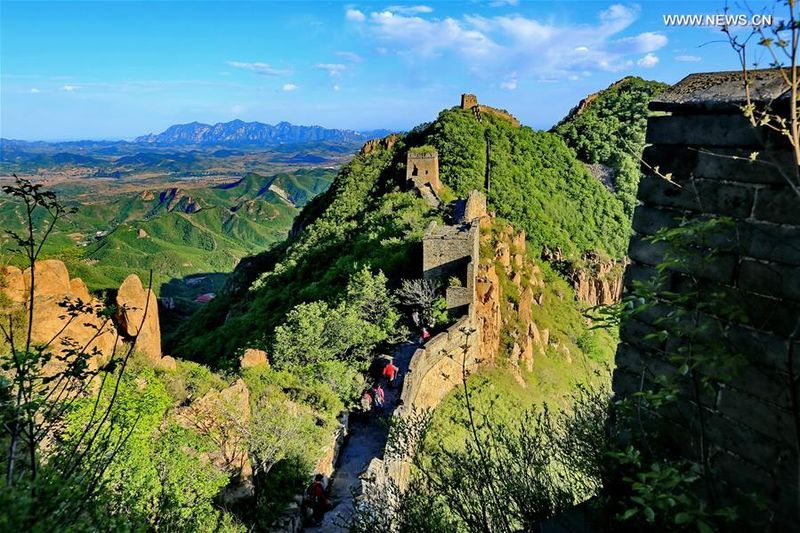
Footprints in the dust at Banchangyu might be yours alone. This forgotten fragment receives perhaps a dozen visitors yearly, making it perfect for those seeking solitude among history. Local shepherds use fallen wall stones as shelters during sudden mountain storms.
Archaeological studies reveal this section was built using a unique ‘mixed material’ technique – core layers of packed earth sandwiched between stone facings. Time has exposed these layers in broken sections, offering a rare glimpse into ancient engineering practices.
Remnants of signal beacon platforms stand atop key peaks, once part of a communication system that could relay messages 500 miles in a single day. Village elders tell stories of their grandparents finding arrowheads and armor fragments while farming the surrounding terraces.
9. Luanling’s Rugged Stretches
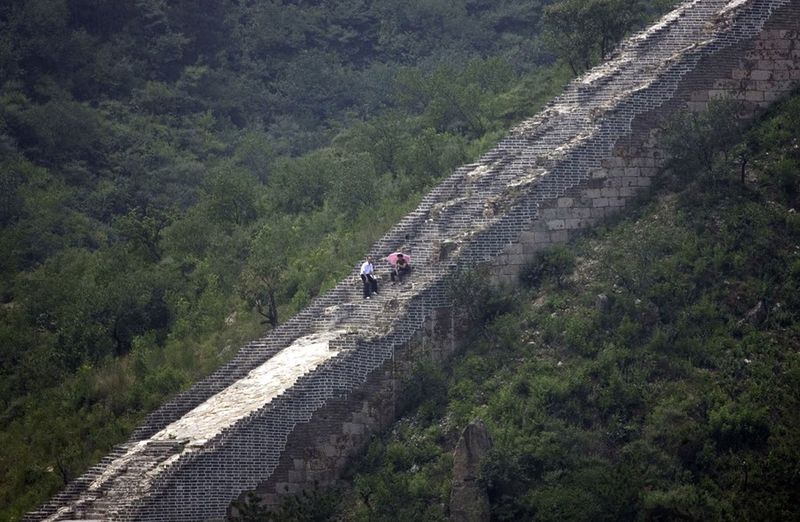
Wind howls through broken battlements at Luanling, a section so remote that local guides often refuse to lead tourists here. The name translates roughly as ‘Chaotic Ridge,’ aptly describing both the jumbled mountain landscape and the wall’s deteriorated condition.
Unlike carefully planned sections elsewhere, Luanling follows seemingly impossible terrain, demonstrating the determination of its builders. Massive stone blocks weighing over 1,000 pounds somehow made their way to peaks accessible only by treacherous footpaths.
During winter, snow drifts can completely bury portions of this section, creating an otherworldly landscape where the wall appears and disappears into whiteness. Wolf tracks occasionally appear in these snows – a reminder that this remote area truly belongs to nature now rather than tourists or even local villagers.
10. Jiuyanlou’s Watchtowers
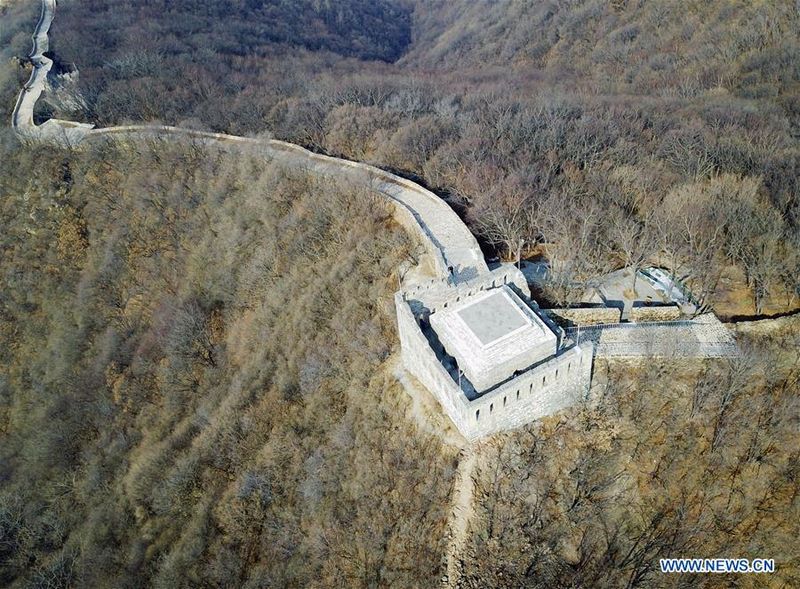
Architectural marvels rise from the mountainside at Jiuyanlou, home to the highest density of watchtowers along the entire Great Wall. Nine towers cluster within 100 meters, creating a fortress-like appearance that intimidated would-be invaders for centuries.
Each tower served a specific purpose – observation, signal relay, troop quarters, or ammunition storage. Clever design allowed defenders to support each other, creating overlapping fields of fire that made attacks nearly impossible.
Distinctive brick patterns reveal the handiwork of different construction teams from various provinces. Some bricks bear fingerprints from workers who shaped them over 500 years ago. Sunset transforms these towers into silhouettes against the darkening sky, creating the same imposing impression that once struck fear into approaching enemies.
11. Xifengkou’s Submerged Wall
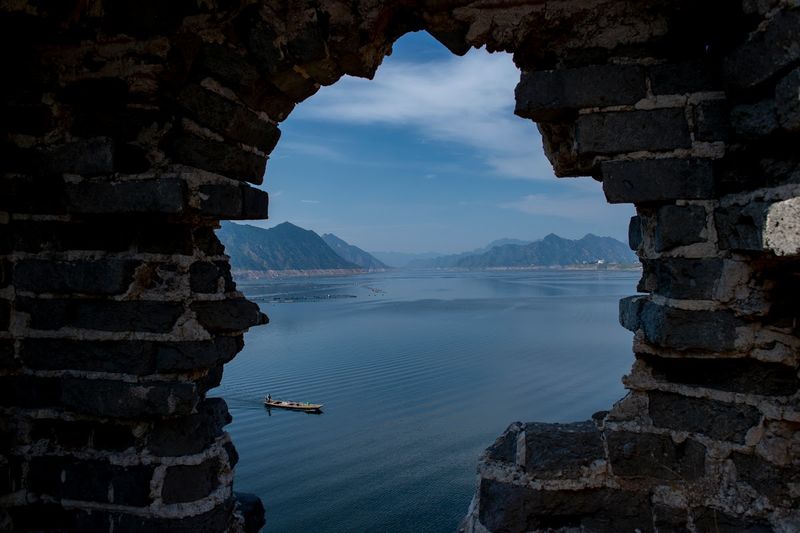
Water holds secrets at Xifengkou, where the Panjiakou Reservoir submerged miles of the Great Wall in 1977. During drought years, decreasing water levels reveal towers and wall sections that normally lie hidden beneath the surface, creating an eerie scene reminiscent of lost civilizations.
Local fishermen offer boat tours to spots where you can see wall segments disappearing into the depths. One completely submerged watchtower has become popular with adventurous scuba divers seeking a truly unique underwater experience.
Historical records indicate this section once witnessed fierce battles against Jurchen warriors from the north. The name ‘West Wind Pass’ comes from the belief that favorable winds here would blow enemies’ arrows off course. Today’s peaceful waters give no hint of the blood once spilled along these stones.
12. Panlongshan’s Untouched Trails
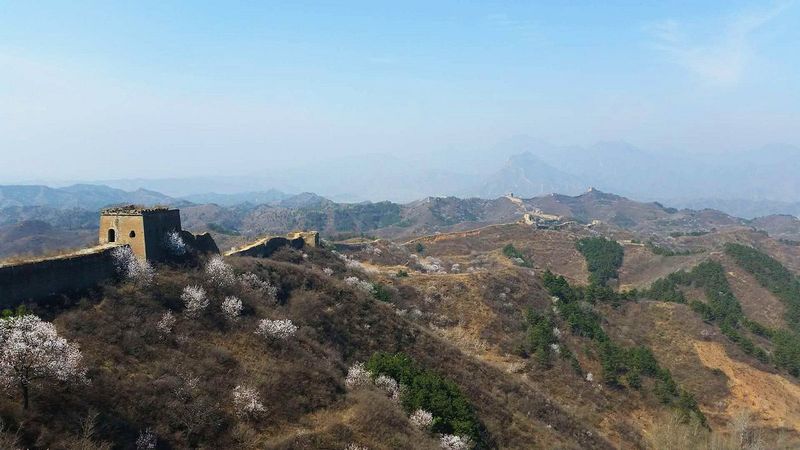
Mystery surrounds Panlongshan, where Ming dynasty records describe a massive fortification system that modern hikers struggle to locate. The name means ‘Coiled Dragon Mountain,’ referring to how the wall twists along seemingly impassable ridges like a mythical serpent.
Dense forests have reclaimed large portions, with trees growing directly through wall foundations. Explorers occasionally stumble upon stone staircases leading nowhere or half-buried gateways that once controlled mountain passes.
Wildlife thrives in this forgotten place – wild boar tracks cross ancient patrol paths, and eagles nest in crumbling towers that once housed soldiers. Local legends tell of a hidden imperial treasury buried beneath a collapsed section, though centuries of treasure hunters have found nothing but potsherds and rusty weapons.
13. Zhuizishan’s Forest Route
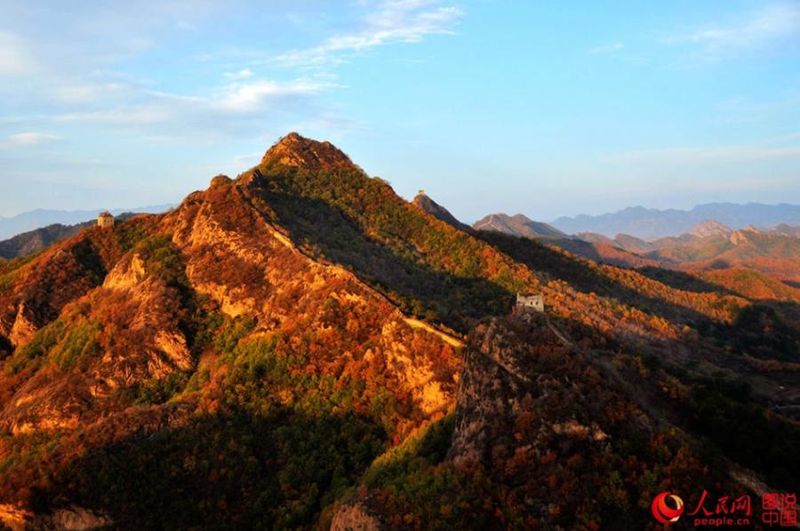
Shadows play across moss-covered stones at Zhuizishan, where ancient pines create a tunnel-like effect over the wall path. This section earned its name (‘Awl Mountain’) from the distinctive sharp peak it climbs, resembling a leatherworker’s tool piercing the sky.
Historians believe this section was built primarily by women and children during a period when adult men were fighting elsewhere. Smaller handprints preserved in the mortar between stones support this theory.
Medicinal herbs grow abundantly along this rarely visited stretch, attracting local foragers who know the wall better than any tourist guide. During autumn, red maple leaves carpet the walkways, creating a stunning contrast against gray stonework. Birdsong replaces tourist chatter here, with woodpeckers often heard tapping on ancient watchtower timbers.
